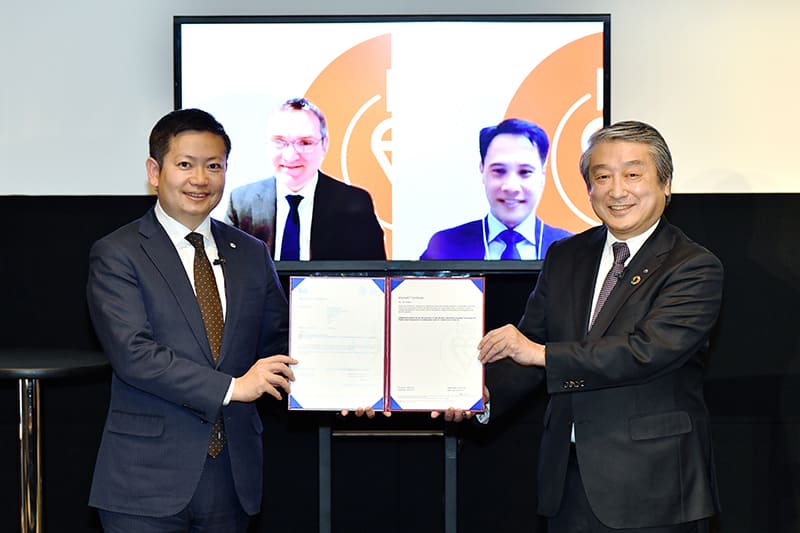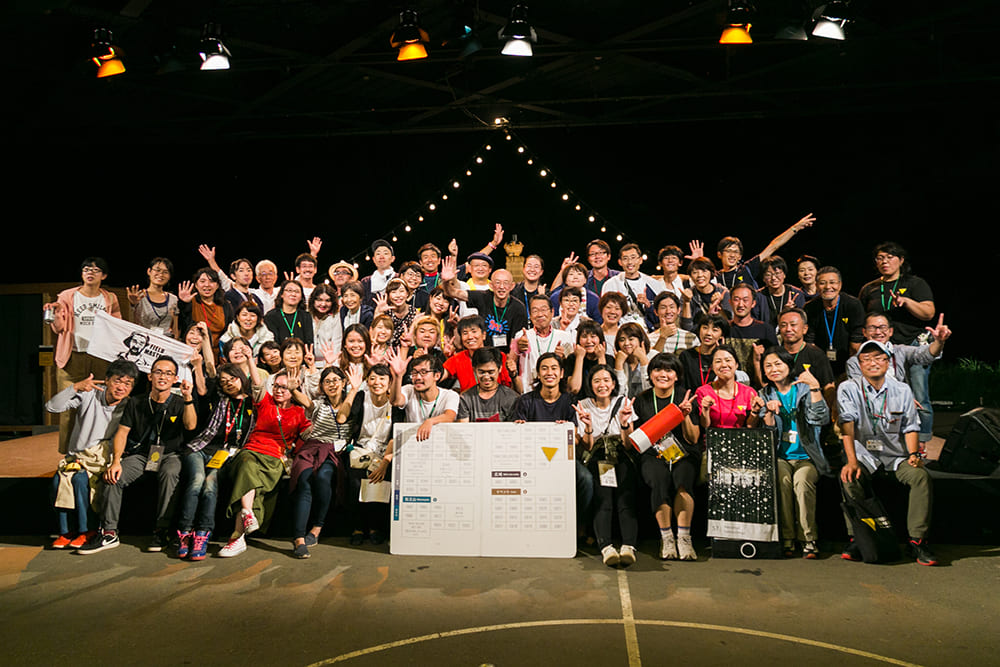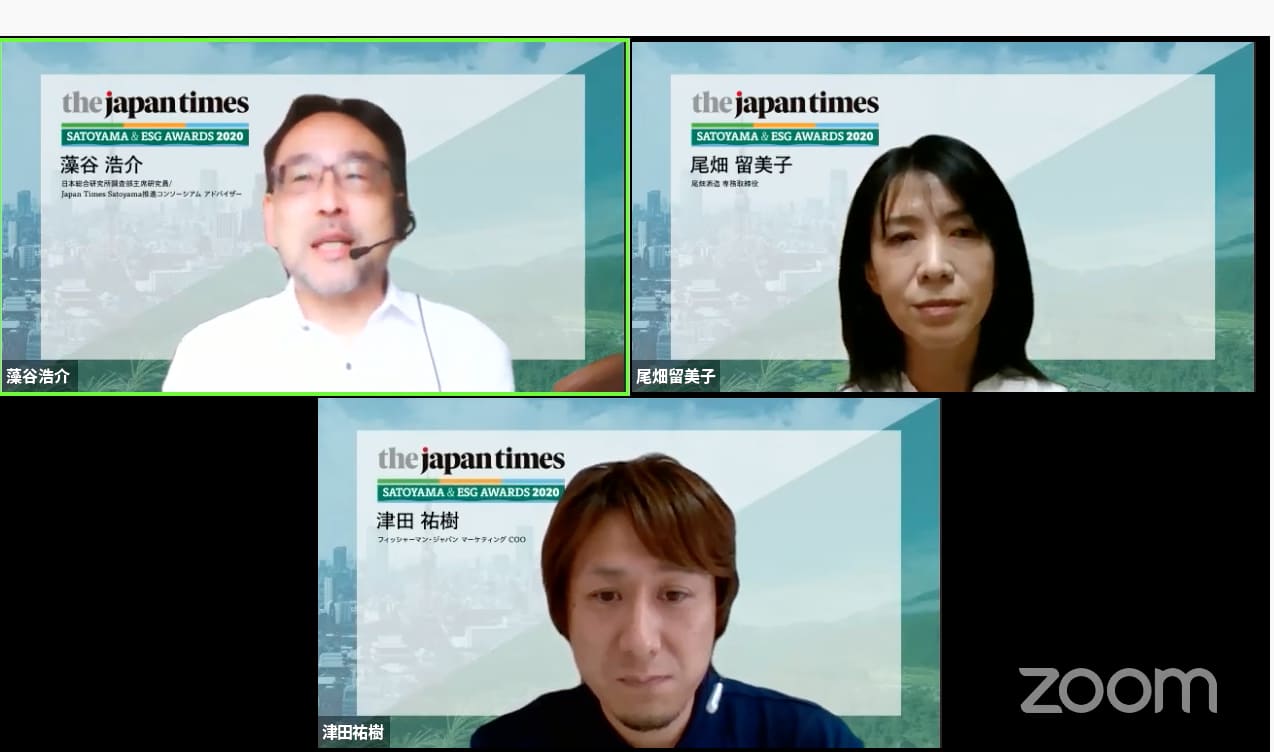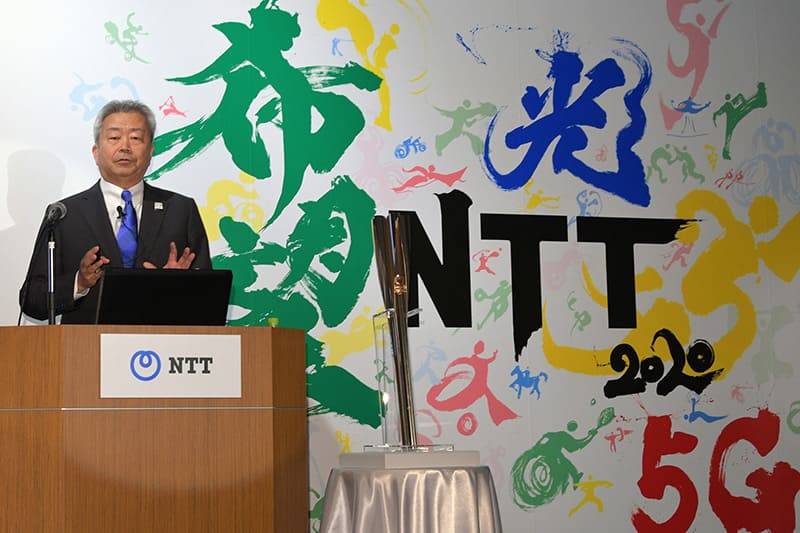March 26, 2021
NTT ArtTechnology shows regional art anywhere, anytime
SPONSORED CONTENT
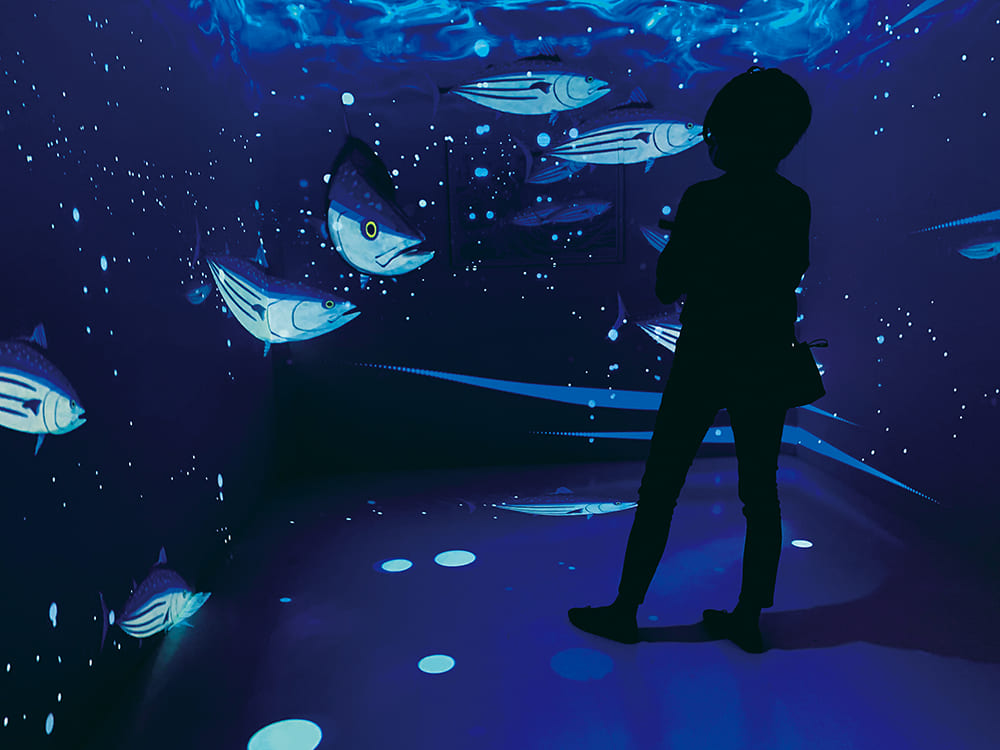
Culture can be a powerful tool to invigorate a region because everything else — the economy, society, education, people’s lives — is connected to culture. “All the measures that have been taken from various aspects to revitalize a region derive from one common principle, which is how to utilize the region’s culture,” said Manabu Kunieda, CEO of NTT ArtTechnology Corp., in a recent online interview with The Japan Times.
Taking advantage of technologies effectively is a must in utilizing culture for regional revitalization and promotion. This is especially so in the midst of this COVID-19 pandemic and the new era that will follow. NTT ArtTechnology uses cutting-edge digitalization and visualization technologies to showcase various forms of culture and the arts, connect regions with regions, and serve as a hub for cultural exchanges.
It is a new company, established in December. The parent company, NTT East Corp., identified issues that each region faces while conducting its core business of providing communications and related services to all of eastern Japan. “NTT East has also been contributing in solving regional problems, for example, providing ICT network solutions to the primary industries” of agriculture, dairy and fishing, said Kunieda, referring to information and communications technology.
He said the number of issues related to preserving regional culture and art has been increasing in recent years. “Issues range from damage caused by disasters or aging to a shortage of successors. Many regions face difficulties in preserving both tangible and intangible cultural assets and art forms, and handing them down to future generations,” he said.
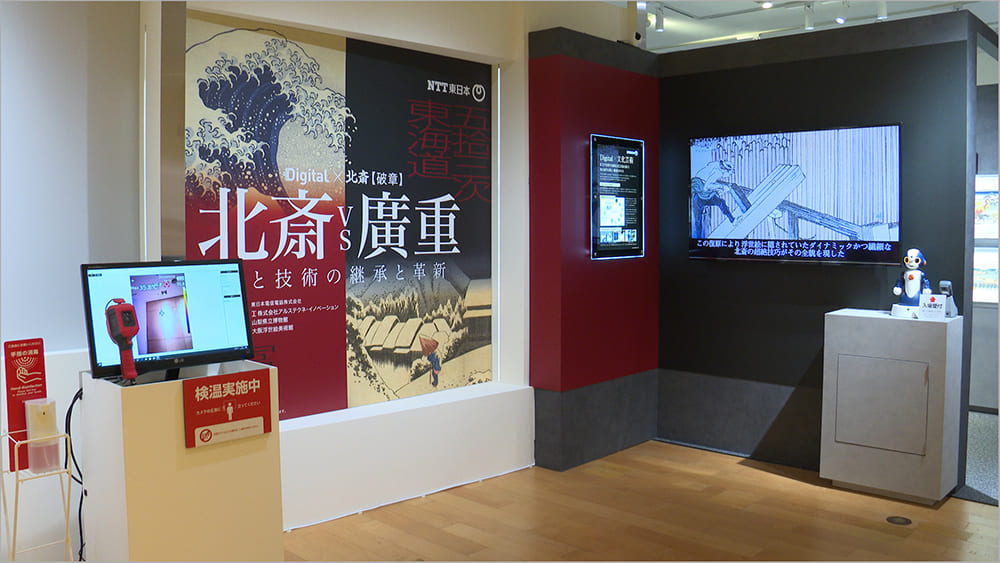
Advanced tech to show old art
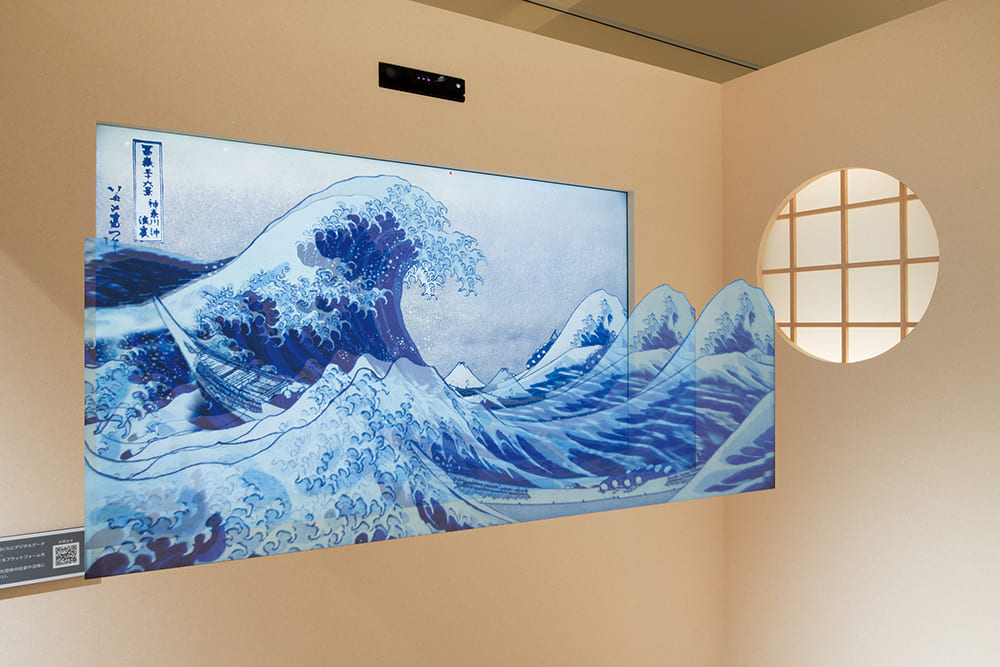
NTT ArtTechnology aims to overcome these challenge by digitalizing and archiving cultural content and artworks using advanced technologies including high-resolution scanning and reproduction.
But its work does not end there. Regions and their cultures and arts will have a better chance of survival if many people take an interest in and interact with them, stimulating communication among people as well as regions. To achieve this, NTT ArtTechnology offers means for showcasing digitalized contents, both on-site and online.
Its head museum is NTT Inter Communication Center (ICC) in Tokyo’s Shinjuku Ward, where “Digital × Hokusai,” a series of exhibitions displaying digitalized replicas of great works of art, including Katsushika Hokusai’s series “Thirty-six Views of Mount Fuji,” has been held. The real Hokusai works are housed at Yamanashi Prefectural Museum. Being able to appreciate the real works is of course worthwhile, but digital replicas can offer a totally different experience. Kunieda explained that it is often the case that lighting has to be adjusted so as not to damage works in museums and galleries. At the ICC museum, “visitors are amazed to see the exhibits so up-close, with even small details and textures realistically reproduced, in a well-lit space,” he said. Techniques like 3D animation and projection mapping add dynamism and interactivity to an exhibition.
The digital exhibition also enhanced visitors’ interest in seeing the real works, and many of them actually paid visits to the Yamanashi Prefectural Museum later.
Digitalized contents can also be distributed to satellite museums installed in community halls, airport lounges, hospital waiting rooms, nursing homes or office buildings using secure and fast networks that NTT East provides.
Connecting culture to world
A virtual museum offers the convenience and excitement of being able to enjoy works of art online anytime and anywhere using digital devices. “We can also connect to the world that way,” Kunieda said. “We held two virtual museum tours in February for audiences in the United States and Europe. The tours were attended by 200 viewers each.”
NTT ArtTechnology plans to work on the digitalization of not only two-dimensional works but also three-dimensional works like installations and buildings, and performing arts as well. “Creating an archive of digital content of intangible cultural assets such as the Nebuta Festival in Aomori Prefecture,” featuring huge paper lanterns, “will help future generations learn about its traditions and craftsmanship,” Kunieda said.
The technologies of digitalization and distribution help people experience different cultures and arts, and connect with each other online and offline. “We believe that the accumulation of such experiences will lead to the revitalization of regions,” Kunieda said.



